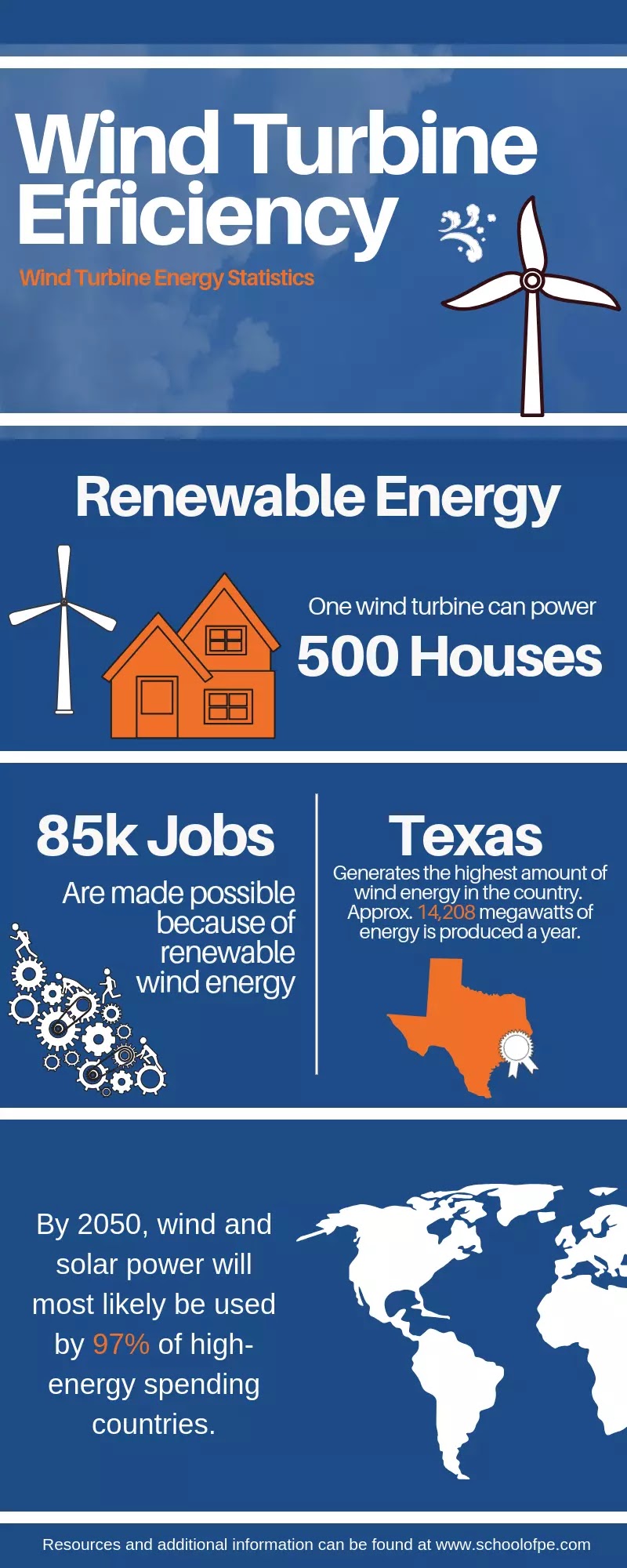So, you're thinking about taking the FE exam? Great! You are on the first step of becoming a Professional Engineer. The Fundamentals of Engineering (FE, previously known as EIT) exam "is designed for recent graduates and students who are close to finishing an undergraduate engineering degree from an EAC/ABET- accredited program," according to the NCEES.
Since the FE exam is the first exam that an engineer needs to become licensed, it may seem a bit daunting. You may stare at the exam specifications for hours wondering how you can possibly review all of the course topics, and you may eventually decide to sign up for an FE exam prep course with high pass rates.
No matter what studying strategy you decide to stick to, it is always important to have a good understanding of the exam itself. We've broken down some must-know details about the exam below:
General Stats
Number of Questions: 110
Duration: 6 Hours
Type of Exam: Computer
Disciplines to Choose From: Chemical, Civil, Electrical, Environmental, Industrial, Mechanical, Other (General)
Location: Pearson VUE testing centers (must be NCEES-approved)
Exam Specifications
Each FE exam has separate exam specifications. Each exam specification outlines how the exam is laid out by number of questions per topic. All FE exams have sections dedicated to mathematics and engineering economics, but the other topics in each exam are discipline specific. Check out the exam specs below:
Pass RatesCheck out the national pass rates for all seven FE exams below. If the national pass rates worry you, School of PE's pass rates have been added, as well. Taking a review course can significantly increase the chances of a passing score.
Exam
|
National Pass Rate
|
School of PE Pass Rate
|
FE
Chemical
|
74%
|
88%
|
FE
Civil
|
69%
|
90%
|
FE
Electrical
|
71%
|
91%
|
FE
Environmental
|
76%
|
88%
|
FE
Industrial
|
61%
|
86%
|
FE
Mechanical
|
77%
|
90%
|
FE
Other
|
74%
|
87%
|



